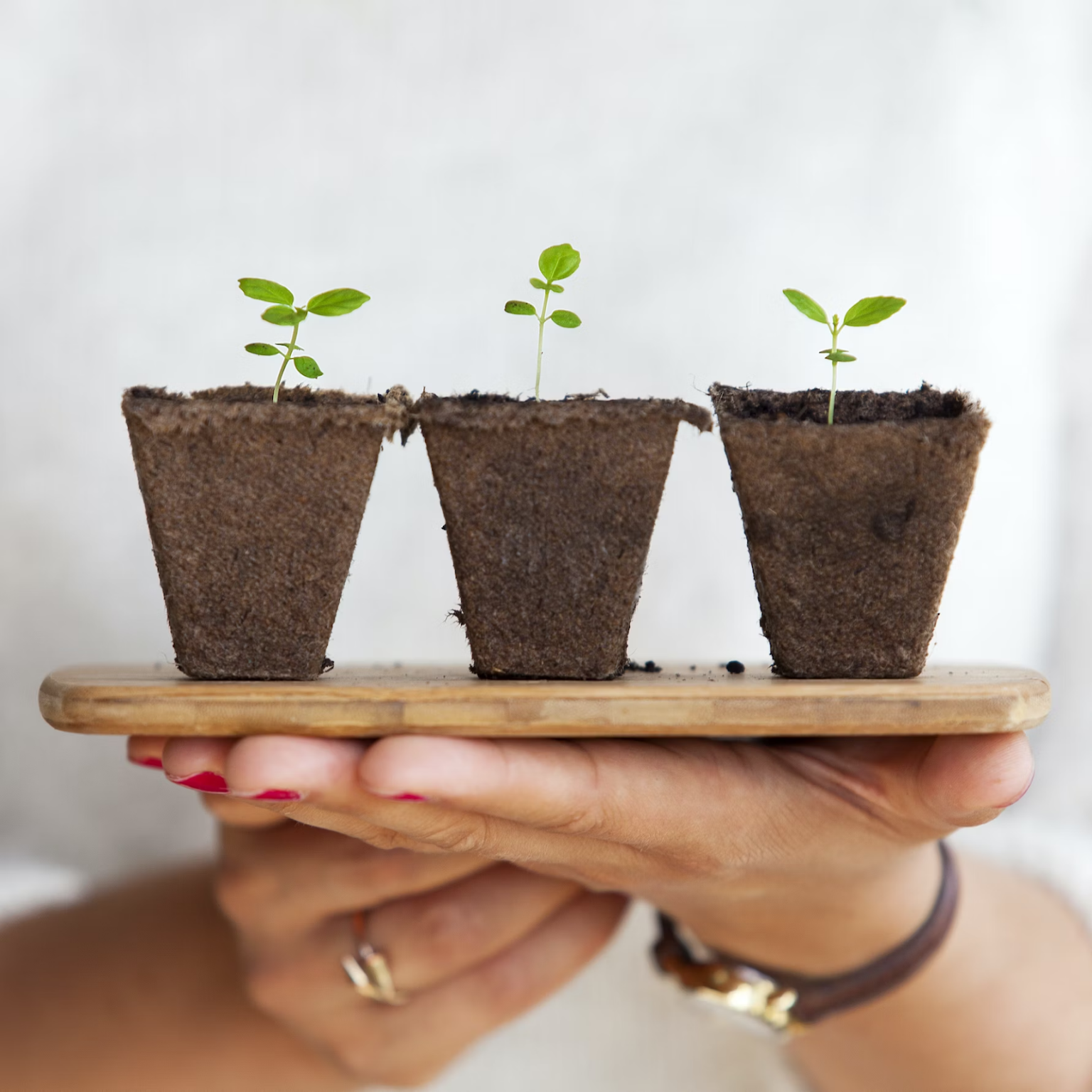
Optimizing Your Home Growing System for Thriving Plants
Growing plants at home can be a great way to liven up your living space and bring nature indoors, but optimizing your system for the best possible results is important. Whether you’re growing herbs in a windowsill planter or cultivating an indoor jungle of house plants, there are some simple steps you can take to ensure that each plant gets what it needs to thrive – from adequate light levels and proper humidity control to special treatments such as dead-heading spent flowers and feeding with specialized fertilizers.
In this blog post, we will guide you through setting up a successful home-growing system that will reward you with lush green foliage and vibrant blooms all year round!
Understanding Your Plants’ Needs
Before diving into the nitty-gritty of setting up your home growing system, it’s crucial to understand what your plants need to thrive. Plants are just like us – they have basic needs that must be met to grow and flourish.
Light
Most plants need plenty of light, but the intensity and duration can vary depending on the type of plant. A good rule of thumb is to place your plants near a window where they can get a few hours of direct sunlight each day. Also, remember to rotate your plants occasionally to ensure all sides get equal exposure.
Water
Watering is essential but more of an art than a science. Too much water can lead to root rot, while too little can cause wilting. The key is to keep the soil moist, not wet. The frequency of watering will depend on the type of plant, its size, and the environment.
Temperature and Humidity
Different plants prefer different temperatures and humidity levels. For instance, tropical plants thrive in warm and humid environments, whereas succulents prefer a dry and hot climate. Keeping your home’s temperature and humidity levels consistent with your plants’ natural habitats is important.
Nutrients
Just like humans, plants also need nutrients to grow. These are typically absorbed through the soil. You might need to supplement your plants with additional nutrients, especially if you notice signs of nutrient deficiency like yellowing leaves!
Choosing the Right Soil and Fertilizers
Selecting the right soil and fertilizer is paramount to the health and success of your indoor plants. Not all soils are created equal—each type is uniquely tailored to support specific plant needs and growth conditions. Indoor plants generally use a light, well-draining potting mix to hold moisture without waterlogging. You might consider a mix that includes perlite or vermiculite to improve aeration and drainage.
Fertilizers, on the other hand, supplement the soil with essential nutrients that plants need to flourish. These nutrients include nitrogen (N), phosphorus (P), and potassium (K), also known as the N-P-K ratio, which is crucial for plant health. Going for a company like Advanced Nutrients might simply be the best option. Nitrogen promotes leafy green growth, phosphorus supports root and flower development, and potassium enhances overall plant health.
Remember, each plant has specific nutrient requirements, so choosing a fertilizer that suits your plant type is vital. For instance, flowering plants typically need a fertilizer with a higher phosphorus content to support blooming. Always follow the manufacturer’s instructions when applying fertilizer to avoid overfeeding, which can harm your plants.
Advanced Techniques for Thriving Indoor Plants
For those who have mastered the basics, it’s time to delve into some advanced techniques that can take your indoor gardening skills to the next level.
Supplemental Lighting
Sometimes, natural light isn’t enough, especially in darker rooms or during shorter winter days. In such cases, supplemental lighting can give your plants the light they crave. LED grow lights are a popular choice due to their energy efficiency and broad spectrum of light that caters to the needs of most plants.
Proper Air Circulation
Establishing proper air circulation in your indoor garden prevents the accumulation of too much humidity, which can lead to mold growth and pest infestation. An AC Infinity S6 fan is an excellent tool for this purpose. It’s quiet, energy-efficient, and easy to set up, providing your indoor garden with continuous airflow that mimics the natural breezes your plants would experience outdoors.
Hydroponics
Another advanced technique is hydroponics, which involves growing plants in water without soil. It may require more setup and maintenance than traditional growing methods but offers faster growth rates and higher yields. However, remember that not all plants adapt well to hydroponic systems.
CO2 Enrichment
Indoor plants benefit from additional CO2, which they convert into oxygen and sugars via photosynthesis. You can boost plant growth and productivity by slightly increasing the CO2 levels in your indoor garden.
Learning to Propagate
Propagation is the process of creating new plants from existing ones. This technique can be very rewarding and economical, allowing you to increase your plant collection without buying new plants.
Conclusion: Enjoying Your Indoor Jungle
Cultivating and maintaining an indoor jungle can be incredibly rewarding, offering a source of beauty and tranquility and an opportunity for continual learning and personal growth. As you nurture your plants, you become more attuned to their unique needs and develop a profound appreciation for the wonders of nature that can thrive within your own living space.
With quality equipment like the AC Infinity products and the tips in this guide, you’re armed with the knowledge to ensure your indoor plants flourish. So, take the plunge, get your hands a bit dirty, and immerse yourself in the joy of indoor gardening. Happy growing!







